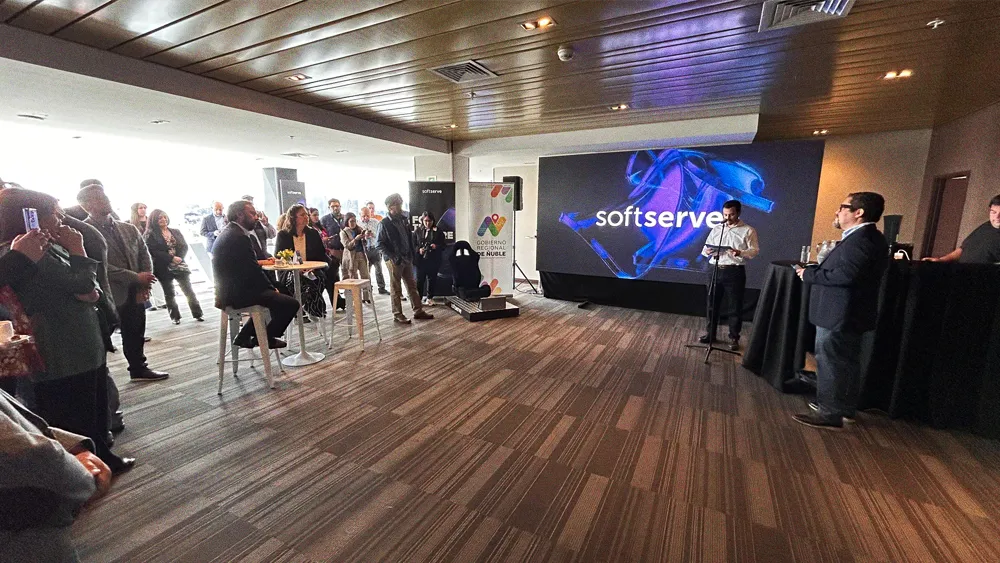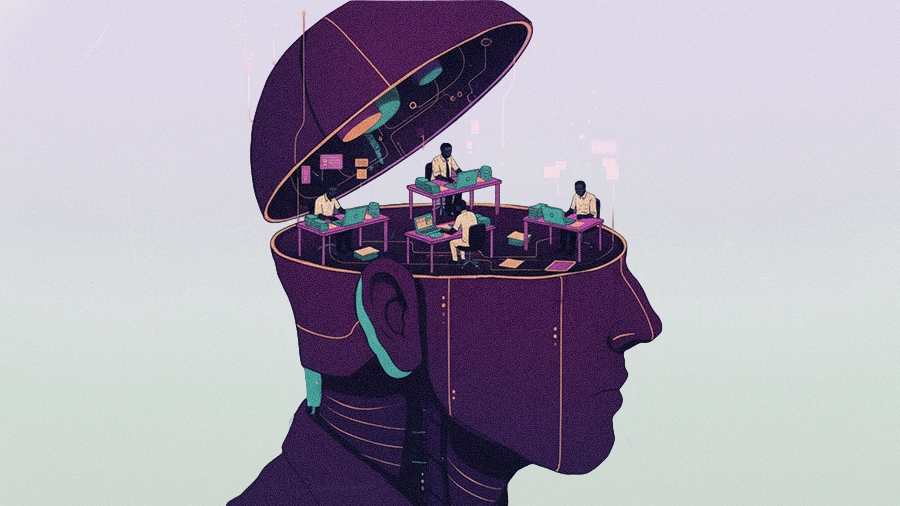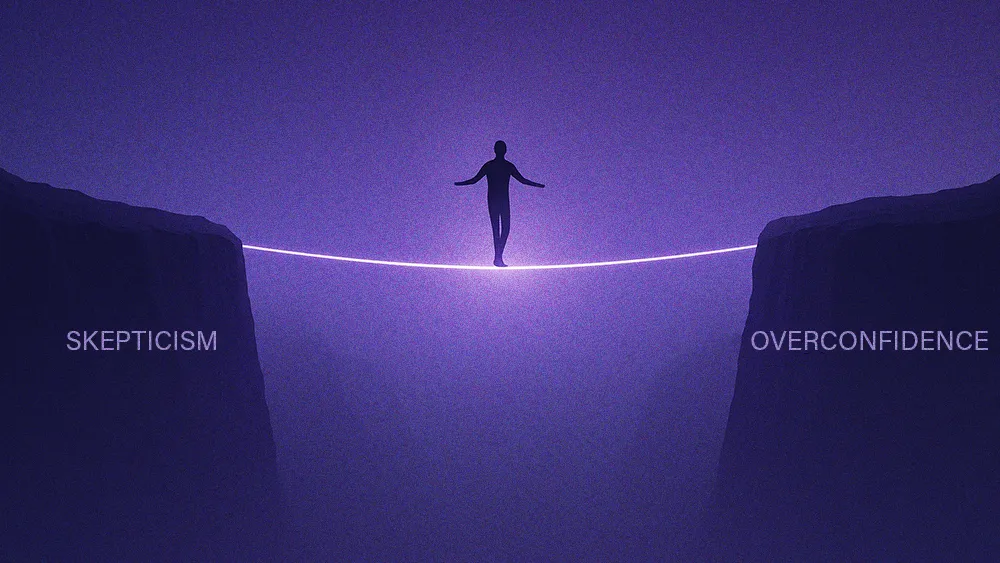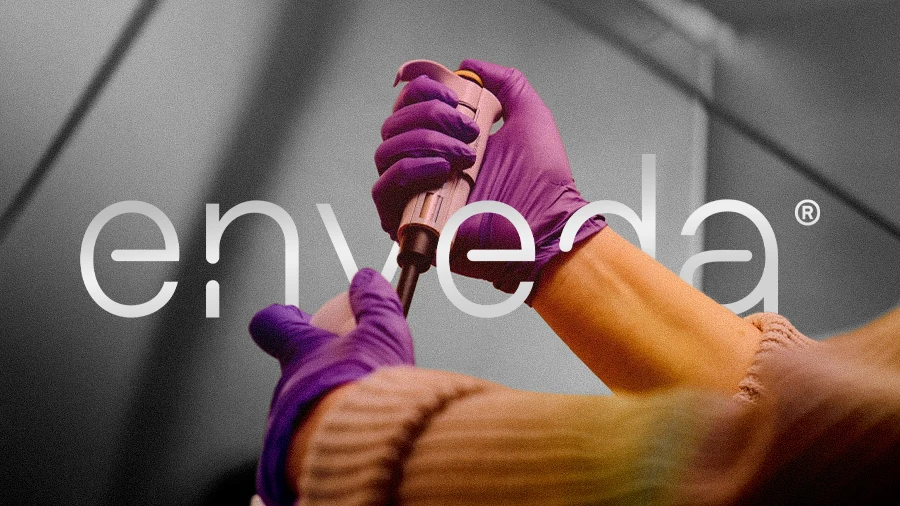How to turn AI’s entry-level threat into career launchpad for Gen Z
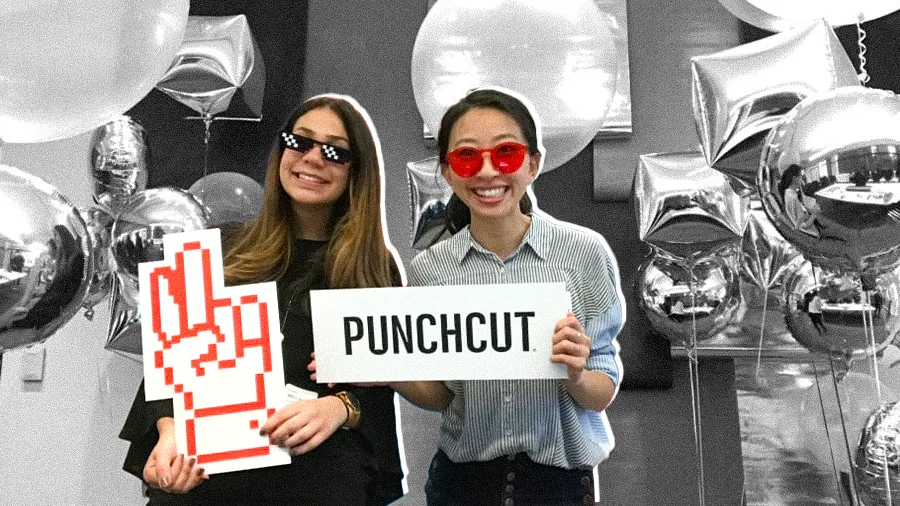
Key Points
Contrary to fears of job elimination, a new study shows generative AI creates an opportunity for a new leadership pipeline from entry-level talent.
Judy Howe, Partner and COO at Punchcut, argues that companies should harness Gen Z’s AI fluency rather than plan for their obsolescence.
As AI automates mundane work, the standard for junior roles is elevated, now requiring advanced skills like critical thinking, facilitation, and consensus-building.
Howe warns that the greatest risk is not job loss, but a future leadership void if companies fail to invest in training and mentoring their junior talent.
Companies need to realize that Gen Z has a lot to teach the rest of us about using AI. You can buddy them up with somebody who has more work experience, but less AI experience, for shared mentorship in both directions. That's a great confidence builder for entry level people.

Judy Howe
Partner and COO
Punchcut
Based on the headlines, the future of entry-level roles is bleak. However, new research from digital design and consulting firm, Punchcut, shows a more optimistic future where Gen Z steps up into leadership roles faster, mentors others on AI use, and cultivates skills once reserved for middle managers.
We spoke with Judy Howe, Partner and COO at Punchcut. She argued that the conversation around AI and entry-level roles is fundamentally flawed, and instead of planning for obsolescence, leaders should be preparing for an evolution that could redefine the value of their junior talent.
A mutual mentorship model: “Companies need to realize that Gen Z has a lot to teach the rest of us about using AI,” Howe said. “You can buddy them up with somebody who has more work experience, but less AI experience, for shared mentorship in both directions. That’s a great confidence builder for entry level people.” This will create an opportunity for Gen Z to lead early on in their careers, integrating them into the workplace culture, improving their opportunities for growth, and establishing company loyalty.
The AI sidecar: The study found Gen Z is more likely to integrate AI into all aspects of their lives, not just at work. That fluency and familiarity are competitive advantages for the early-stage workers. “They use it really as a life coach for personal questions, for professional questions,” Howe explained. “They’re using it to educate themselves, double check things, and it’s really that sidecar with them throughout all parts of their lives. It’s exciting to see that it’s really supercharging these young people in their first jobs.”
The critical gut check: Critical thinking skills are being lost in rapid AI adoption. This is a good opportunity for more senior staff members to work with entry-level workers on identifying AI’s gaps. “Maybe most importantly, it’s about bringing good judgment and critical thinking to what they are getting from AI,” Howe added. “All workers need to think ‘Does this pass the gut check? Does this still seem right?’ and then discern the patterns to raise issues to management.”
Howe argued that this moment of disruption, while unsettling, is part of a familiar pattern of technological advancement. With each wave of new technology, the cycle of panic to role transformations plays out. She pointed to an example from the 1980s that, today, seems commonplace. “When ATMs first came out, the bank tellers were no longer just dispensing cash,” Howe recalled. “The ATMs allowed them to offload those like routine cash transactions. And then the tellers became more like customer service people, building relationships and addressing larger issues.”
The new entry-level standard: As AI automates the mundane, the very definition of an entry-level contribution is being elevated. Howe contended that the bar is being raised, demanding a new tier of human-centric skills once reserved for more senior positions. “Historically, classic leadership and consulting skills like facilitation, consensus building, conflict resolution, and continuous improvement haven’t been cultivated in entry-level people,” she noted. “But now the bar is being raised. We’re asking the younger generation to excel in those advanced maneuvers earlier because the tedious, mundane stuff is off their plates.”
This workplace disruption presents a unique management challenge. Junior employees often possess more AI expertise than their leaders, but they are increasingly anxious about their role in the workplace because of that knowledge. Howe proposed a two-pronged approach that combines a safe culture for experimentation with a collaborative structure for governance.
The cultural sandbox: Creating psychological safety at work is arguably even more important in today’s culture. AI’s progress is so fluid and fast-moving that it can be hard for even the most tech-savvy employees to keep up. “Culturally, you have to create a sandbox and allow people to experiment and play around and learn within that.”
Collaborative guardrails: AI use is not without risks. Unless there are parameters in place, proprietary company data could be exposed or vital opportunities for growth could be overlooked. “We’ve got a cross-functional task force,” she said, describing her own company’s model. “It has people at all levels of the organization coming together to look at the risks and opportunities of AI and develop our company-wide guidelines and policies.”
At the end of our conversation, the discussion pivots from tactical advice for managing AI to a strategic warning about the future of leadership itself. The greatest risk, she warned, isn’t that AI will eliminate today’s entry-level jobs, but that a failure to invest in new talent will create a devastating leadership void tomorrow. “I am hopeful that employers will see that they need to invest in young people because they are the leaders of the future,” she said. “I hope that everybody sees the importance of us helping the next generation that have had a tough go of it.”
Historically, classic leadership and consulting skills like facilitation, consensus building, conflict resolution, and continuous improvement haven't been cultivated in entry-level people. But now the bar is being raised. We're asking the younger generation to excel in those advanced maneuvers earlier because the tedious, mundane stuff is off their plates.

Judy Howe
Partner and COO
Punchcut
Historically, classic leadership and consulting skills like facilitation, consensus building, conflict resolution, and continuous improvement haven't been cultivated in entry-level people. But now the bar is being raised. We're asking the younger generation to excel in those advanced maneuvers earlier because the tedious, mundane stuff is off their plates.

Judy Howe
Partner and COO
Punchcut
Related articles
TL;DR
Contrary to fears of job elimination, a new study shows generative AI creates an opportunity for a new leadership pipeline from entry-level talent.
Judy Howe, Partner and COO at Punchcut, argues that companies should harness Gen Z’s AI fluency rather than plan for their obsolescence.
As AI automates mundane work, the standard for junior roles is elevated, now requiring advanced skills like critical thinking, facilitation, and consensus-building.
Howe warns that the greatest risk is not job loss, but a future leadership void if companies fail to invest in training and mentoring their junior talent.

Judy Howe
Punchcut
Partner and COO

Partner and COO
Based on the headlines, the future of entry-level roles is bleak. However, new research from digital design and consulting firm, Punchcut, shows a more optimistic future where Gen Z steps up into leadership roles faster, mentors others on AI use, and cultivates skills once reserved for middle managers.
We spoke with Judy Howe, Partner and COO at Punchcut. She argued that the conversation around AI and entry-level roles is fundamentally flawed, and instead of planning for obsolescence, leaders should be preparing for an evolution that could redefine the value of their junior talent.
A mutual mentorship model: “Companies need to realize that Gen Z has a lot to teach the rest of us about using AI,” Howe said. “You can buddy them up with somebody who has more work experience, but less AI experience, for shared mentorship in both directions. That’s a great confidence builder for entry level people.” This will create an opportunity for Gen Z to lead early on in their careers, integrating them into the workplace culture, improving their opportunities for growth, and establishing company loyalty.
The AI sidecar: The study found Gen Z is more likely to integrate AI into all aspects of their lives, not just at work. That fluency and familiarity are competitive advantages for the early-stage workers. “They use it really as a life coach for personal questions, for professional questions,” Howe explained. “They’re using it to educate themselves, double check things, and it’s really that sidecar with them throughout all parts of their lives. It’s exciting to see that it’s really supercharging these young people in their first jobs.”
The critical gut check: Critical thinking skills are being lost in rapid AI adoption. This is a good opportunity for more senior staff members to work with entry-level workers on identifying AI’s gaps. “Maybe most importantly, it’s about bringing good judgment and critical thinking to what they are getting from AI,” Howe added. “All workers need to think ‘Does this pass the gut check? Does this still seem right?’ and then discern the patterns to raise issues to management.”
Howe argued that this moment of disruption, while unsettling, is part of a familiar pattern of technological advancement. With each wave of new technology, the cycle of panic to role transformations plays out. She pointed to an example from the 1980s that, today, seems commonplace. “When ATMs first came out, the bank tellers were no longer just dispensing cash,” Howe recalled. “The ATMs allowed them to offload those like routine cash transactions. And then the tellers became more like customer service people, building relationships and addressing larger issues.”
The new entry-level standard: As AI automates the mundane, the very definition of an entry-level contribution is being elevated. Howe contended that the bar is being raised, demanding a new tier of human-centric skills once reserved for more senior positions. “Historically, classic leadership and consulting skills like facilitation, consensus building, conflict resolution, and continuous improvement haven’t been cultivated in entry-level people,” she noted. “But now the bar is being raised. We’re asking the younger generation to excel in those advanced maneuvers earlier because the tedious, mundane stuff is off their plates.”

Judy Howe
Punchcut
Partner and COO

Partner and COO
This workplace disruption presents a unique management challenge. Junior employees often possess more AI expertise than their leaders, but they are increasingly anxious about their role in the workplace because of that knowledge. Howe proposed a two-pronged approach that combines a safe culture for experimentation with a collaborative structure for governance.
The cultural sandbox: Creating psychological safety at work is arguably even more important in today’s culture. AI’s progress is so fluid and fast-moving that it can be hard for even the most tech-savvy employees to keep up. “Culturally, you have to create a sandbox and allow people to experiment and play around and learn within that.”
Collaborative guardrails: AI use is not without risks. Unless there are parameters in place, proprietary company data could be exposed or vital opportunities for growth could be overlooked. “We’ve got a cross-functional task force,” she said, describing her own company’s model. “It has people at all levels of the organization coming together to look at the risks and opportunities of AI and develop our company-wide guidelines and policies.”
At the end of our conversation, the discussion pivots from tactical advice for managing AI to a strategic warning about the future of leadership itself. The greatest risk, she warned, isn’t that AI will eliminate today’s entry-level jobs, but that a failure to invest in new talent will create a devastating leadership void tomorrow. “I am hopeful that employers will see that they need to invest in young people because they are the leaders of the future,” she said. “I hope that everybody sees the importance of us helping the next generation that have had a tough go of it.”
